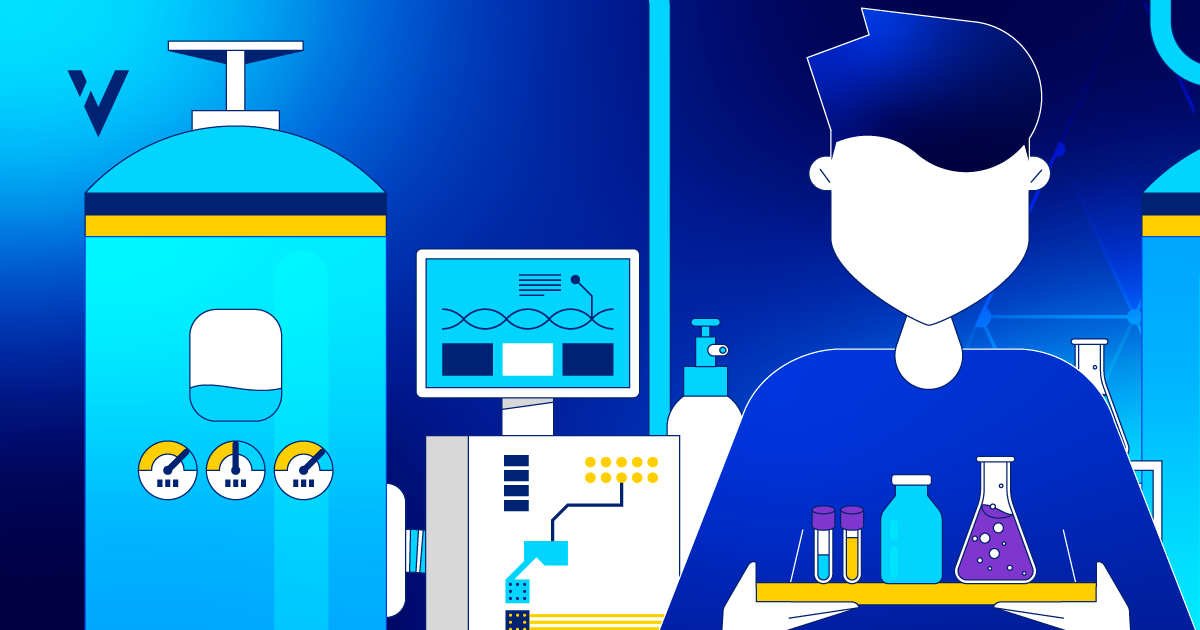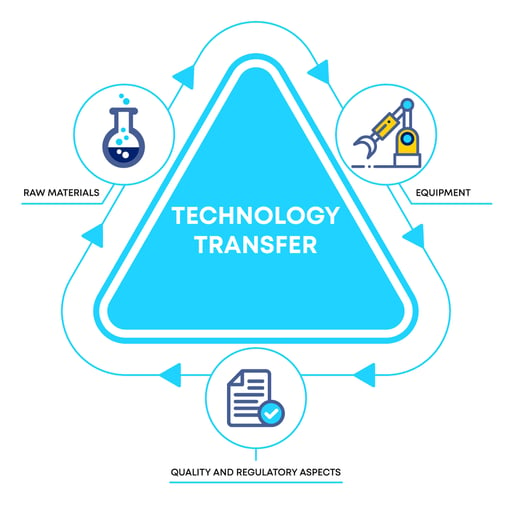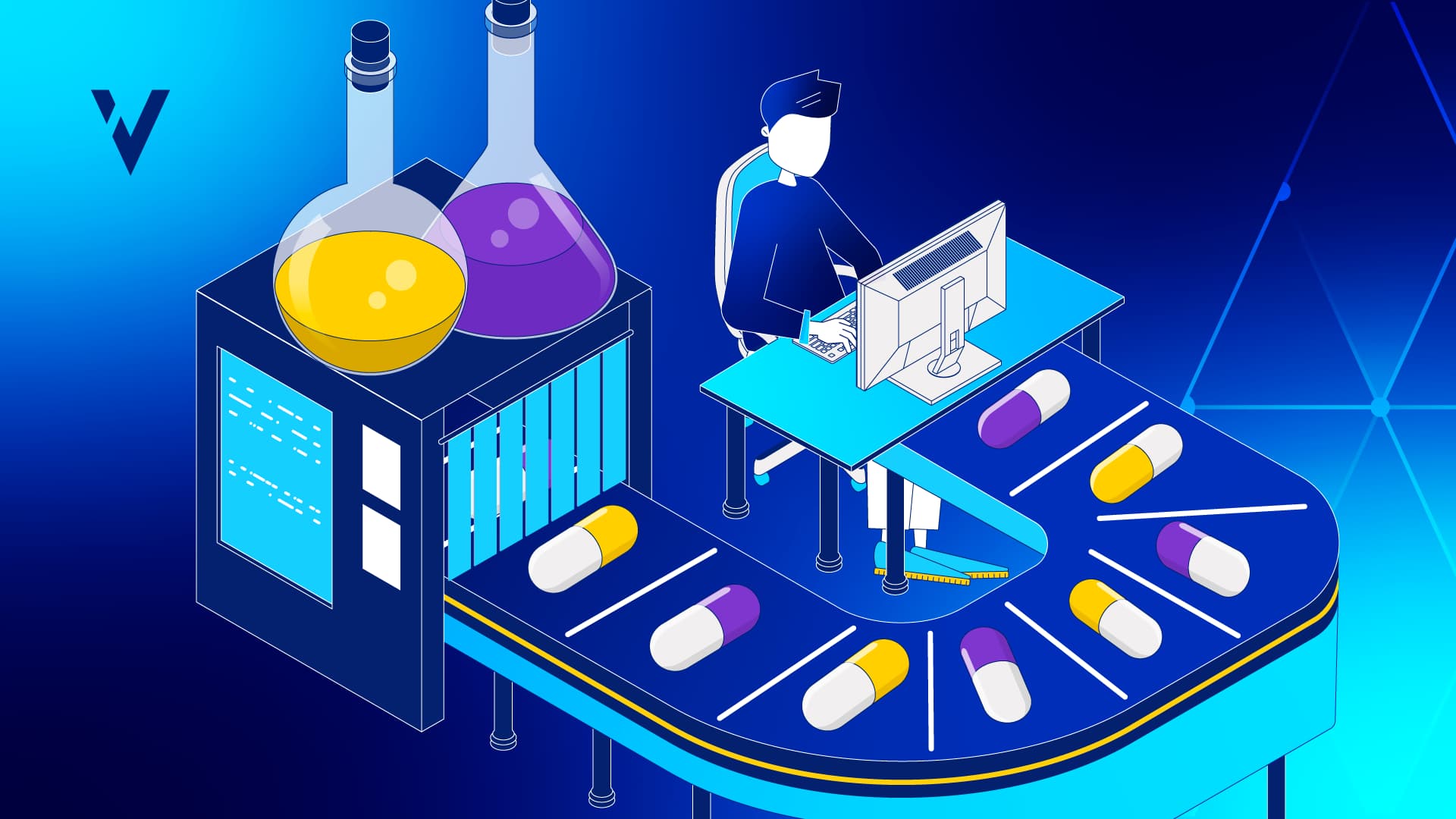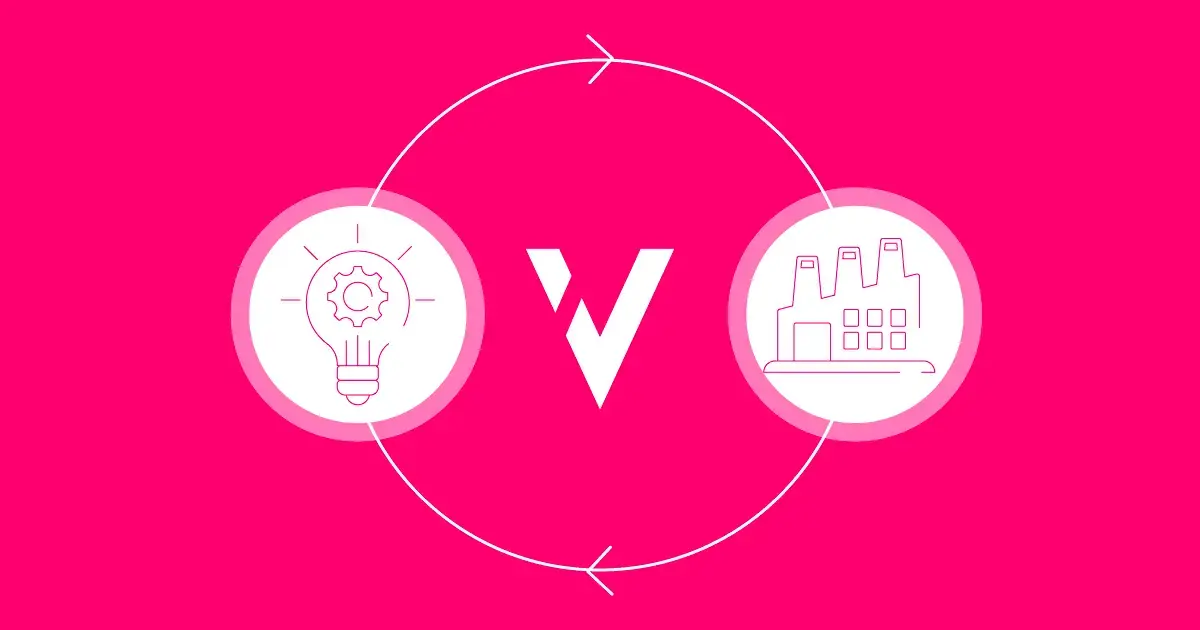
Published on March 22, 2023
Reading time: -- minutes
Last updated on September 24, 2024



Tech Transfers, or Technology Transfers, usually imply that you’re moving the manufacture of a drug from one facility, one scale or one drug lifecycle phase to another. Which is why they are so important. When you switch facilities, you want to transfer the knowledge and reproduce the process smoothly.
There are, typically, three situations where you will need a Tech Transfer:
This makes having a proper tech transfer important to assure that your drug gets to market as fast as possible.
It might happen that you don’t have your own manufacturing capacities ready, your drug pipeline might be full or you want to bring the manufacturing capacity back in-house.
In these situations, you will be working with a Contract Manufacturing Organization (CMO) or a Contract Development and Manufacturing Organization (CDMO). And to work with them, you will need a proper Tech Transfer.
You can center Technology Transfer around three topics:

You will need to answer many questions such as:
And that’s just starting! You will need to cover many other points.
When you perform a tech transfer, you want to make sure it’s successful! You want to avoid wasting time troubleshooting and you don’t want to risk the quality and efficiency of your process.
You want to start with the documentation. It needs to reflect product understanding as well as every relevant parameter and critical quality attributes. This is not an event as much as it is a practice. Good documentation supports consistent process execution.
You will need to include all the information related to Product, Process, Materials and Analytical Methods.
If you are working with a CMO/CDMO, you will also need a Tech Transfer Standard Operation Procedure (SOP). In it, you will define goals, scope, roles and responsibilities, tools, and communication procedures between the two companies.
But, most of all, a successful tech transfer implies understanding what both ends have for process and equipment. You need to know their differences and what you may need to re-develop.
Make sure that you have planned for success and for contingencies, and that you looked at the supply chain, the equipment, and the regulatory landscape.
The best way to make sure your Tech Transfer yields the best results is to work with specialized consultants.
ValGenesis has a long and established expertise supporting world-class pharmaceutical companies with their Tech Transfers. We do this by using a Quality by Design (QbD) approach and Data-driven Process Design decisions.

Digitalizing QbD frameworks enhances CMC development and tech transfer efficiency, transforming process knowledge into a strategic asset for faster manufacturing.
By Sofia Santos
Read
Discover how digital tools simplify tech transfer in Pharma 4.0, enhancing efficiency, product quality, and speed to market in the pharmaceutical industry.
By Rui Silva
Read
Learn about rising drug development costs, the role of CDMOs, and how a digital-first strategy can revolutionize tech transfer in the pharma industry.
By Rui Silva
Read